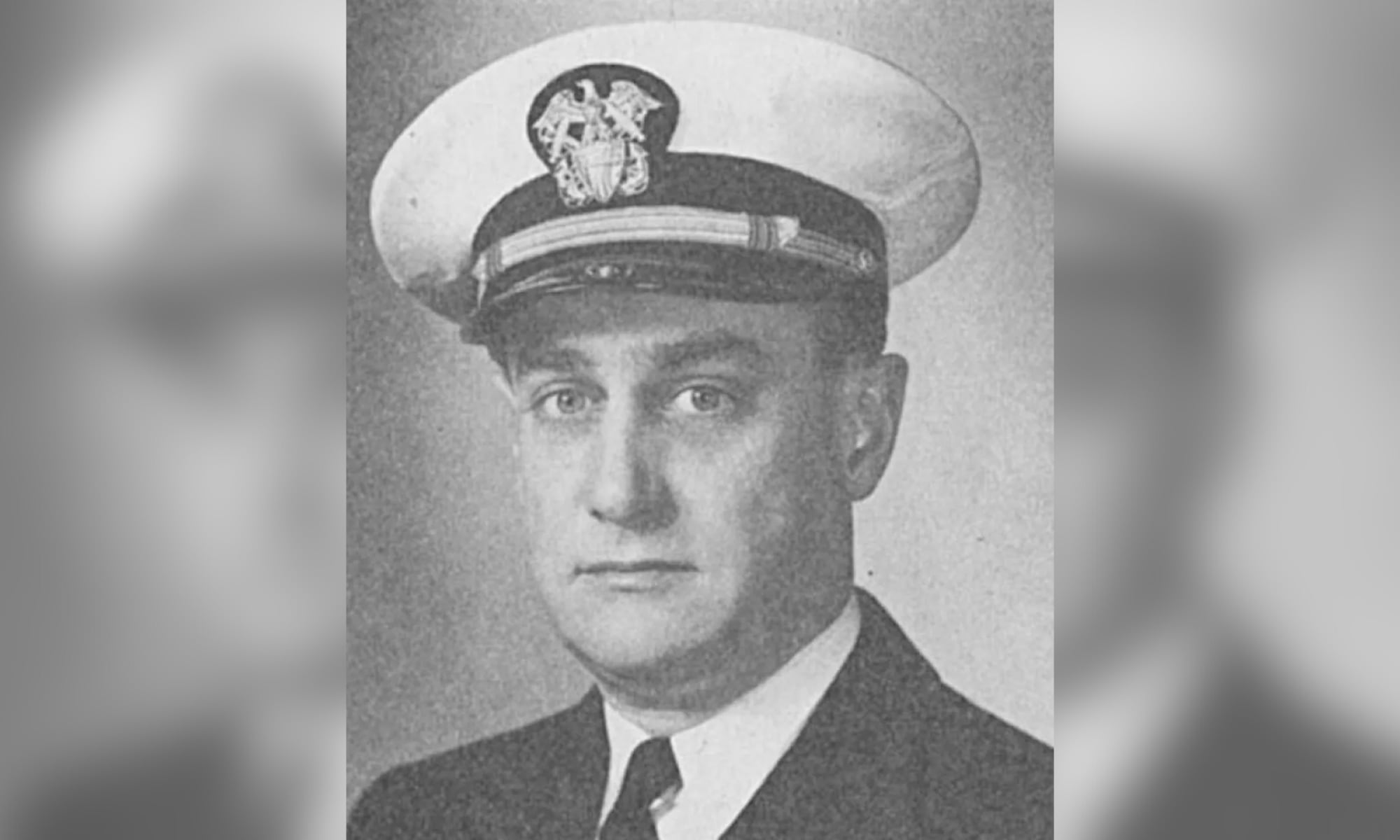As the Army gets smaller, and the competition to remain on active duty increases, Sergeant Major of the Army Raymond Chandler offers his No. 1 piece of advice for staying in uniform: Improve that GT score.
It sounds simple. And it is, for soldiers willing to study and take the necessary steps to retake the Armed Services Vocational Aptitude Battery, or ASVAB, the multi-part exam that all soldiers took at a Military Entrance Processing Station when they enlisted.
The GT, along with nine other components of the aptitude test, called line scores, determine a soldier's specific eligibility for service in the Army's nearly 200 military occupational specialties. The GT also is used to determine eligibility for officer and warrant officer candidate training.
During a time of drawdown when soldiers in overstrength MOSs compete to reclassify into specialties with good promotion and career prospects, soldiers with the highest line scores set themselves apart from other candidates for a job switch.
"If you have got a GT score of less than 110, you automatically start to disqualify yourself from other MOSs that you may otherwise be able to re-enlist for," Chandler told Army Times. "So the first thing I would say is, know your GT score. If it is not above 110, and you want to have the widest opportunity that you possibly can, you need to get to work to get that."
Chandler said that unlike many programs in the Army, "re-enlistment and retention is an individual responsibility. They are not a collective responsibility."
"By that I mean soldiers are not in competition with their squad or teammates ... but they have to put (themselves) in the best possible position with what the Army says is important for them to do to stay in."
Chandler said that the impending drawdown, which could result in a force reduction of 60,000 soldiers over the next few years, is a fact of life for those in service today.
It's reality, but up until recently many soldiers "kind of had their heads in the sand, saying, 'Hey, I am not going to be affected by this,' " he said.
"Well this does affect every single person in the Army regardless of component ... and regardless if they want to stay or if they are choosing on leaving. It affects everybody," he said.
Your GT score, along with the other line scores, can be found in the ASVAB entries on your Enlisted Record Brief.
"Just because you had a GT score that allowed you to enter the Army and serve in a (particular) MOS, does not mean it's the GT score that will allow you to reclassify into other jobs," he said.
Soldiers who have a GT score of less than 110 not only are ineligible for officer and warrant officer candidate course attendance, but are not qualified for some of the high priority military occupational specialties, such as Special Forces, military intelligence, engineer, recruiting, public affairs, contracting and signal, that will have good promotion and career opportunities in a smaller Army.
MOS qualifications in regard to GT and Armed Forces Qualification Test scores can be complicated, and soldiers should contact local retention NCOs, or access a recent version of DA Pam 611-21 (MOS Smart Book), which is a controlled document requiring AKO sign in with a common access card.
Each MOS has AFQT requirements, and they are not always the GT score, but one of the other line scores generated through the ASVAB.
For example, while the AFQT requirement for reclassification to a Special Forces MOS is a GT of 107 or higher, the reclass requirement for explosive ordnance disposal is a GM (general maintenance) score of 105.
Retaking the test
In-service soldiers retest for the components of Armed Services Vocational Aptitude Battery, to include the GT and other line scores, at their local Army education center using the Armed Forces Classification Test.
"The AFCT and ASVAB basically are the same tests," said Greg Berger, a branch manager for the GoArmyEd portal of the Army's Continuing Education System, Fort Knox, Kentucky.
AFCT takes two to four hours, with most soldiers completing the online exam in slightly more than three hours.
Soldiers are allowed to retest three times using the AFCT, but each time they must show they have done prep work in the form of special courses to prepare for the test.
Typically soldiers must wait six months between retests, and any additional retesting requires an exception to policy, Berger said.
Most soldiers retest at their local education center.
"This used to be a pencil and paper test, but in recent years, it is done online (in coordination) with the Defense Manpower Data Center," Berger said.
"Even though there are fewer and fewer soldiers who come into service without a high school diploma, we still have a significant number of soldiers whose GT score is less than 100.
"Our goal has always been to identify those individuals who have a GT of less than 100, and we can get them into the training (for a retest), which is now called FAST, for Functional Academic Skills Training, or the Basic Skills Education Program," he said.
Getting help
The training, which requires command approval, is designed to assist soldiers in honing their reading, language and basic math skills, which are the three components of the GT test.
Of more than 450 students enrolled in Fort Hood's BSEP program in fiscal 2014, 83 percent took the AFCT and scored 100 or higher. More than 51 percent scored 110 or higher.
Staff Sgt. Jaleida Cosme, who serves in the military intelligence field, finds herself one point shy of the GT score she needs to begin the move from enlisted to officer. She self-referred to the program because four years ago, while stationed in Hawaii, she increased her GT score by 20 points — 89 to 109 — after spending time in a FAST classroom.
"Now, I need a 110," she said. "That's why I'm back in the program, because I know it works."
The Fort Hood program, she said, may work even better. In Hawaii, she learned in a traditional classroom setting, with the instructor leading the entire class through lectures and exercises. At Fort Hood, teachers often break their class of 20 or so students into smaller groups, even offering one-on-one sessions.
"You don't have to worry about other people thinking you're stupid," she said. "You feel more comfortable. You can ask questions."
Staff Sgt. Rafael Leyva, of Headquarters and Headquarters Company, 2nd Battalion, 1st Infantry Regiment, 2nd Brigade Combat Team, 7th Infanty Division, joined the Army to work with tanks. He did so with a GT score of 102, but "nine years into it, I realized I wanted to do something better," like become a warrant officer or attend master gunner's school.
"If I wanted to make a move for either of those schools, I was going to have to raise" that score, he said.
He began BSEP classes at Joint Base Lewis-McChord, Washington, in July and finished about a month later with a GT score of 131.
"If the soldier goes in and gives full effort" at BSEP, Leyva said, "there's no way they won't get out of that program with a raised GT score. A significantly raised GT score."
BSEP and FAST serve several purposes beyond a better GT.
"It also leads to improved performance in academic work," Berger said.
"That's because when young servicemembers want to take college classes, most schools will require them to take a placement test in reading, language and math," said Berger, who has more than 20 years of experience working with soldiers in the U.S. and Europe as a counselor and education officer.
"So the preparation work the soldier does through FAST classes also helps them to score better on the various tests that academic institutions use to determine if a prospective student will have to attend remedial classes in language or math," Berger said.
And while it's true that a GT score of 110 is the gold standard, there is still something to say for more modest improvements, said Mike Engen, education services officer at Fort Hood.
Soldiers who enter the program with GTs in the 70s, for example, can benefit even if they don't reach 110. Showing major improvement after a FAST course proves one's ability to learn, Engen said, and "reflects very well on the soldiers."
The curriculum structure for FAST can vary from one post to another, but typically might be about three weeks long, with the soldier opting for a morning or afternoon session each day. Educators will do a pre-assessment to determine a soldier's proficiency in basic skills, and after the training will conduct a post-course assessment to measure their progress.
Depending on a soldier's progress, educators then will administer a short GT-type test to predict a soldier's readiness for the elements of the AFQT that are used to calculate the GT score.
If the soldier feels he or she is ready for the retest to improve their score, education center officials will schedule them for the Armed Forces Classification Test.
It is the Army's policy to schedule the AFCT as soon as possible after the training, but no later than 30 days. When they say the AFCT test will come shortly after the course, they mean it: Annie Riggins, test control officer and BSEP program manager at Fort Hood, said students transition out of the program on a Wednesday and are given the chance to take the test that day, either in the morning or the afternoon. It's not mandatory, and exceptions are made, but it's standard practice.
Berger said more and more assistance is offered online within the GoArmyEd portal.
"We have links that can take soldiers to various no-cost training programs where they can work on basic skills and test-taking techniques," he said.
Berger said that language skills generally do not decline over time, but reading skills tend to get rusty, while math skills are very fragile, and can be lost if not used.
These skills can be recovered, but it takes time, commitment and work by the soldier to have favorable outcomes.
Berger said it is his experience that commanders are very supportive of these programs, as they increase the professionalism and skills of soldiers.
Soldiers who are interested in improving their GT score should contact their local education center where counselors can enroll them in FAST or a BSEP using GoArmyEd, the Army's portal (www.goarmyed.com) for managing education services.
They will then print out a form that a soldier takes to his or her commander for approval. If approved, the soldier's time in class will be the place of duty.
Many soldiers enter the program after previous struggles in a classroom setting, either in high school or somewhere else. Getting those people to realize they have the ability to succeed in their new learning environment is part of the process, Engen said.
"The bottom line is, the basic skills program is a rite of passage for these soldiers," he said. "They're different people now. They've gone through Army training. They realize, 'Hey, I actually can learn. It's not that hard.' "
Staff writer Michelle Tan contributed to this story.
FOR MORE INFORMATION
- The Army Continuing Education system has a large network of education centers in the U.S. and overseas to assist soldiers who want to improve their GT scores for professional and personal reasons. For detailed information about the education centers listed below, visit www.armytimes.com/ArmyEducationCenters.
- For specifics on GT score requirements for MOSs, reclassification opportunities and more, soldiers should start with a visit to their local career counselor. You can also consult DA Pamphlet 611-21, the MOS Smart Book.
Kevin Lilley is the features editor of Military Times.





